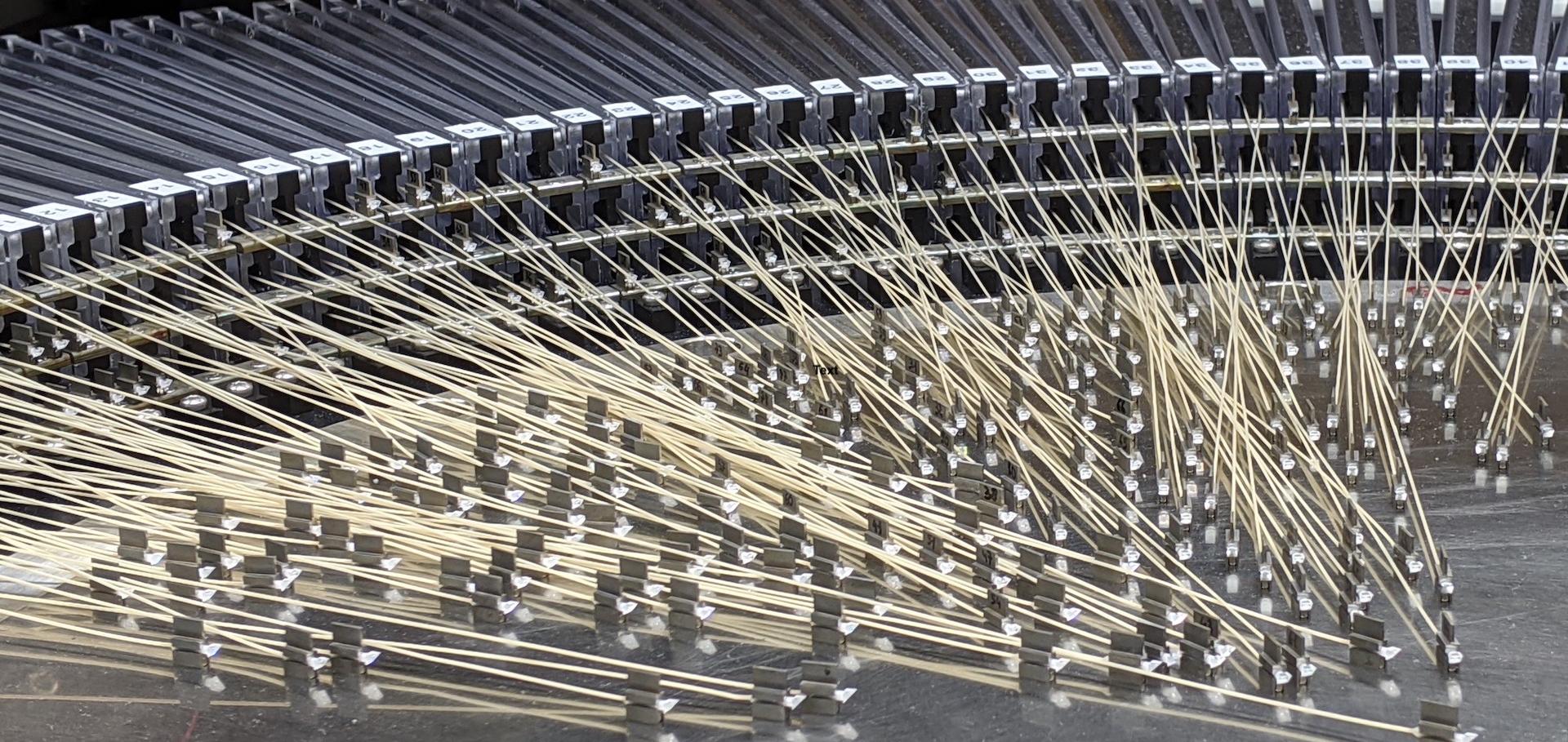The 2dF Galaxy Redshift Survey: The nature of the relative bias between galaxies of different spectral type
Monthly Notices of the Royal Astronomical Society 356:2 (2005) 456-474
Abstract:
We present an analysis of the relative bias between early- and late-type galaxies in the Two-degree Field Galaxy Redshift Survey (2dFGRS) - as defined by the η parameter of Madgwick et al., which quantifies the spectral type of galaxies in the survey. We calculate counts in cells for flux-limited samples of early- and late-type galaxies, using approximately cubical cells with sides ranging from 7 to 42 h-1 Mpc. We measure the variance of the counts in cells using the method of Efstathiou et al., which we find requires a correction for a finite volume effect equivalent to the integral constraint bias of the autocorrelation function. Using a maximum-likelihood technique we fit lognormal models to the one-point density distribution, and develop methods of dealing with biases in the recovered variances resulting from this technique. We then examine the joint density distribution function, f(δE, δL), and directly fit deterministic bias models to the joint counts in cells. We measure a linear relative bias of ≈1.3, which does not vary significantly with ℓ. A deterministic linear bias model is, however, a poor approximation to the data, especially on small scales (ℓ ≤ 28 h-1 Mpc) where deterministic linear bias is excluded at high significance. A power-law bias model with index b1 ≈ 0.75 is a significantly better fit to the data on all scales, although linear bias becomes consistent with the data for ℓ ≳ 40 h-1 Mpc.The 2dF Galaxy Redshift Survey: Power-spectrum analysis of the final dataset and cosmological implications
(2005)
Intelligent design: The response
Physics World 18:12 (2005) 18-19
The 2dF galaxy redshift survey: Stochastic relative biasing between galaxy populations
Monthly Notices of the Royal Astronomical Society 356:1 (2005) 247-269
Abstract:
It is well known that the clustering of galaxies depends on galaxy type. Such relative bias complicates the inference of cosmological parameters from galaxy redshift surveys, and is a challenge to theories of galaxy formation and evolution. In this paper we perform a joint counts-in-cells analysis on galaxies in the 2dF Galaxy Redshift Survey, classified by both colour and spectral type, η, as early- or late-type galaxies. We fit three different models of relative bias to the joint probability distribution of the cell counts, assuming Poisson sampling of the galaxy density field. We investigate the non-linearity and stochasticity of the relative bias, with cubic cells of side 10 ≤ L ≤ 45 Mpc (h = 0.7). Exact linear bias is ruled out with high significance on all scales. Power-law bias gives a better fit, but likelihood ratios prefer a bivariate lognormal distribution, with a non-zero 'stochasticity', i.e. scatter that may result from physical effects on galaxy formation other than those from the local density field. Using this model, we measure a correlation coefficient in log-density space (rThe 2dF Galaxy Redshift Survey:: correlation with the ROSAT-ESO flux-limited X-ray galaxy cluster survey
MONTHLY NOTICES OF THE ROYAL ASTRONOMICAL SOCIETY 363:2 (2005) 661-674


